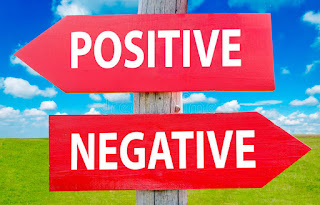Antibiotic Addiction vs Antibiotic Resistance

Whether it’s cold or body ache, lack of time to be sick, urges majority of patients to demand for antibiotics. Worldwide use of antibiotics in humans has soared to 39 percent since 2000. Despite of the known fact that antibiotics do not cure viral infections doctors still write the drugs unnecessarily for ailments they cannot treat. This has led to the evolution of drug resistant bacteria and has also raised the addiction to antibiotics. “For some reason, faith in the body’s natural ability to heal itself has waned and everyone believes that an antibiotic is the only possible cure that could help.” Dr. Anna Julien Antibiotic resistance is an emerging threat to the globe and has been aggravated by smooth availability of drugs with pronounced growth in β-lactam antibacterial. These are easily accessible globally through prescriptions written by non-allopathic doctors as well as outdated prescriptions. A




